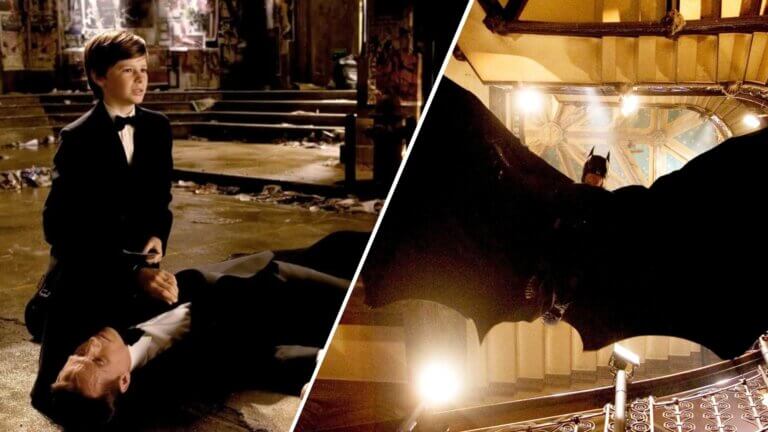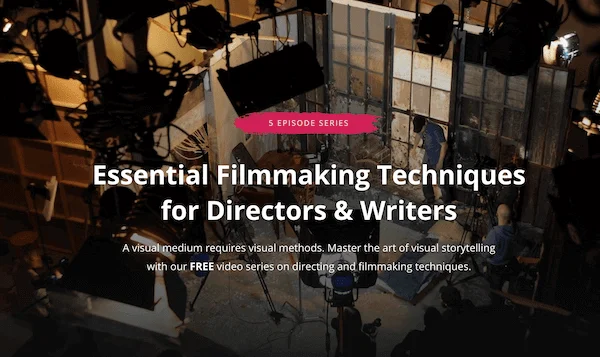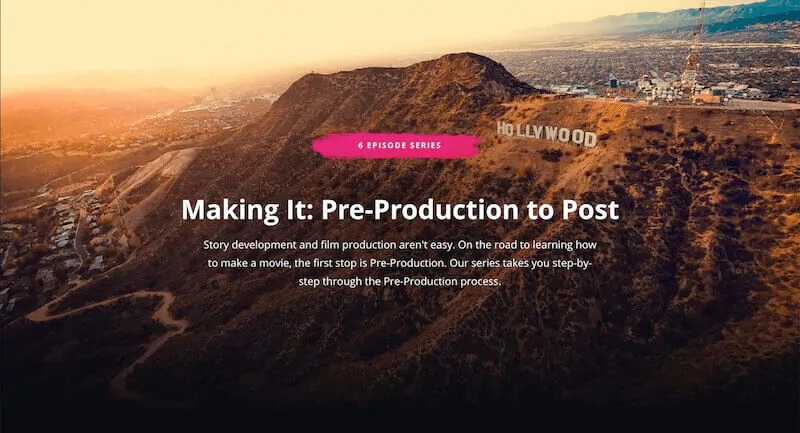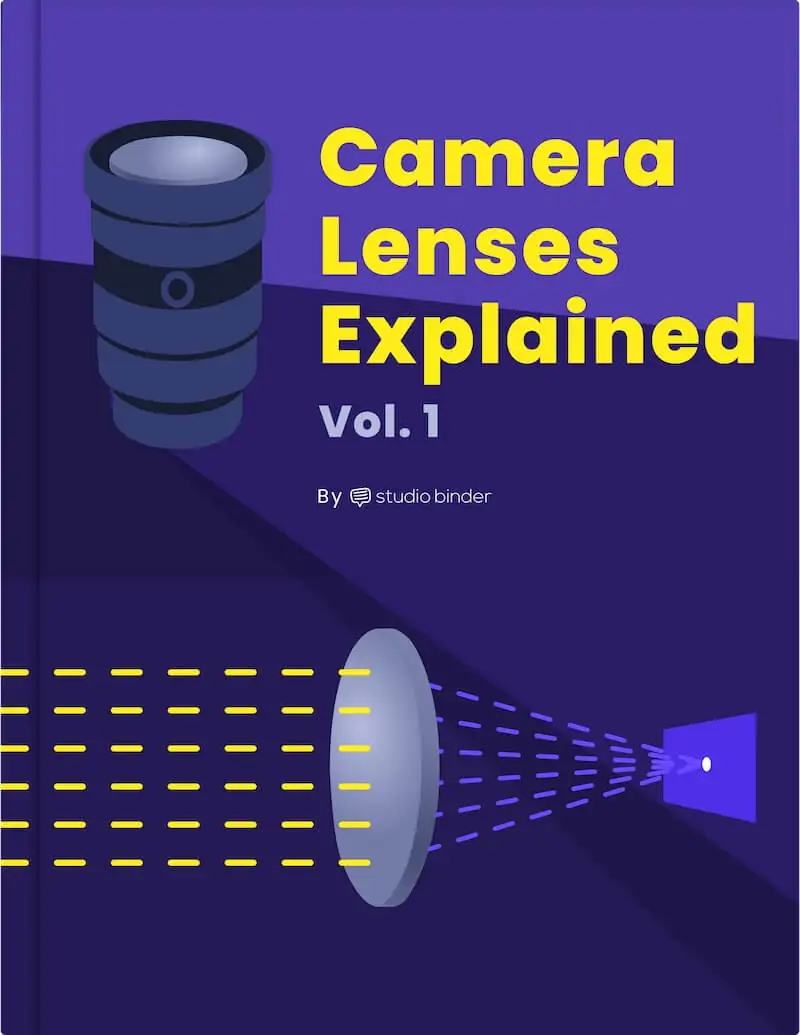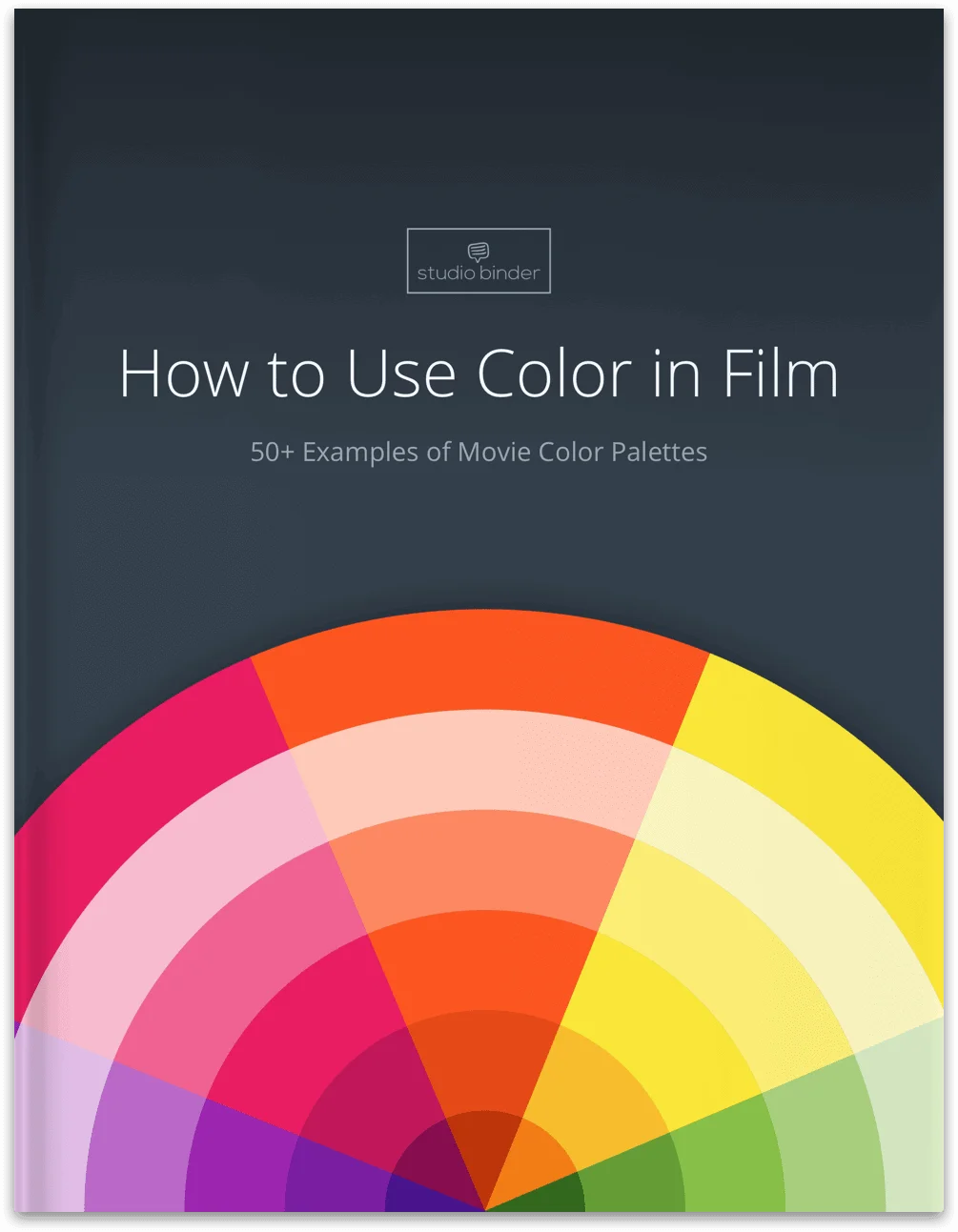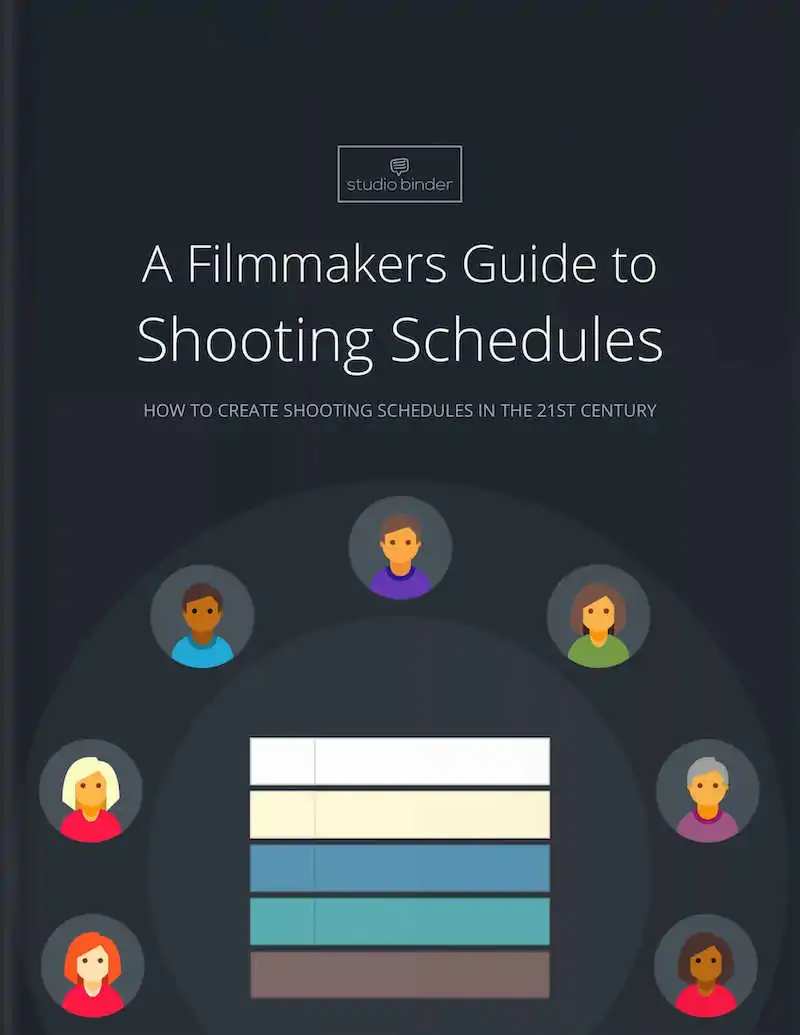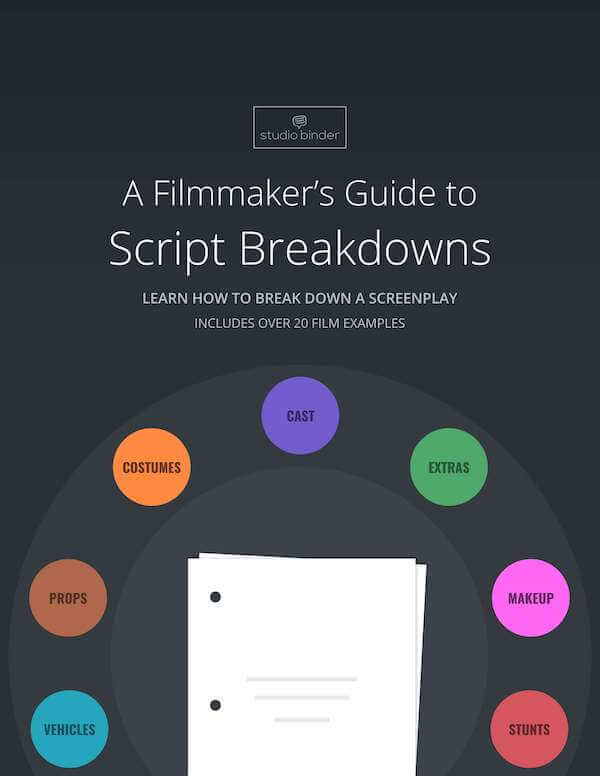While many films include archetypal supporting characters, these molds are a little worn out. The audience is getting smarter and more curious. They crave more than the all-too-familiar “mentor” or “sidekick” as a way to convey information or to push the protagonist forward. Watching to see what a supporting character is capable of by themselves… Continue reading What is a Supporting Character — And Why They Matter
Have you ever watched a movie with a plot twist that blew your mind and then watched that movie again and noticed signs leading to the twist? You’re not alone. So, what is foreshadowing? Is it just simply dropping clues or is it something more? Implementing foreshadowing techniques into your story can create anticipation that… Continue reading What is Foreshadowing — Definition, Examples in Film and Lit.
You’ve seen them: the crazy scientist, the damsel in distress, a noble and chaste hero, the villain who keeps his identity secret, the old guy who trains the hero. These are who you call stock characters, and they have been in fiction for an extremely long time. In fact, they keep showing up in fiction,… Continue reading What is a Stock Character — Definition, Examples & Tropes
Swiss psychoanalyst Carl Jung changed the conversation on psychology forever when he proposed his theory on archetypes and the collective unconscious. But Carl Jung’s proposed archetypes, otherwise known as Jungian archetypes, aren’t just pertinent for psychologists – they’re applicable for storytellers too. So, what are the Jungian archetypes? We’re going to look at these to… Continue reading What are the Jungian Archetypes — Writer’s Guide to Archetypes
What is a leitmotif? What makes it different from a theme song? How is it used in cinema? These are the questions we’re going to answer as we look at the leitmotif definition and examples. We’re also going to show you how masterclass composers like John Williams apply leitmotifs to their films. By the end,… Continue reading What is a Leitmotif? Definition and Examples in Film
Star Wars is the second highest grossing film franchise in the world – second only to the Marvel Cinematic Universe. Over the past 40+ years, nine directors have worked on theatrical Star Wars films, including George Lucas, J. J. Abrams, Ron Howard and more. We’re going to explore the careers of every Star Wars film… Continue reading Every Star Wars Director — How Each Helped Shape a Franchise
When it comes to the best training scenes in movies, the mind immediately jumps to some of the most iconic — Rocky, Rocky IV, and perhaps the new equivalents Creed and Creed 2. But the truth is, the training montage transcends the Rocky franchise. In fact, it transcends film genres. In our featured video, we… Continue reading Best Training Montage — 15 Scenes Beyond Rocky & Creed
Characterization is simply “what makes a character a character.” But under the umbrella of characterization, there are two subtypes: direct characterization and indirect characterization. We’re going to break down direct characterization by looking at examples from John Wick, The Grapes of Wrath, and more. By the end, you’ll know how to implement direct characterization in… Continue reading What is Direct Characterization — Character Building Tips
There is a saying: the best film editing is the editing that nobody notices. Though there are exceptions, this is pretty widely accepted as truth for the most part. So if good editing purposely avoids standing out, how are the nominees and winners of the Best Film Editing Oscar picked out and decided? The editing style… Continue reading Academy Award For Best Film Editing — Top 20 Winners Ranked
Indirect characterization is an essential part of developing nuanced characters. But what is indirect characterization? We’re going to break down this writerly concept by looking at its definition and examples in literature and film. By the end, you’ll know why indirect characterization is an important part of developing nuanced characters.Continue reading What is Indirect Characterization… Continue reading What is Indirect Characterization — Character Building Tips
The bigger the budget, the more that’s at stake. While many directors never have to worry about films costing over a few million (if that), there are some who regularly operate in the area of $200 million. It begs the question: what is the most expensive movie ever made? We’ve adjusted the budgets of various… Continue reading What is the Most Expensive Movie Ever Made — Top 25 Ranked
Types of LensesOpen menu Prime Lens Zoom Lens Anamorphic Lens Lens Basics More About Lens Types Focal LengthsOpen menu Wide Angle Lens (14mm – 35mm) Standard (35mm – 70mm) Telephoto Lens (70mm – 200mm) More Focal Lengths Specialty LensesOpen menu Macro Lens Fisheye Lens Tilt-Shift Lens Split-Diopter Lens Deakinizer Lens Lens BrandsOpen menu Lens Buying… Continue reading What is an Anamorphic Lens? How to Get that Cinematic Look
Since the days of silent films, music has played an essential role in cinema. Originally played by phonography or improvised by live musicians, music accompanied the narrative of a film in theatres. As technology progressed and the ability to synchronize sound to celluloid developed, the role of the film composer became integral and music was… Continue reading What is a Film Score — Movie Score vs. Soundtrack Explained
W hat is a Mary Sue? This much-maligned character type is often the subject of fierce online debate, and pinning down a precise definition requires sorting through swaths of debate and disagreement. In this post, we will be explaining everything you need to know about the Mary Sue trope. We’ll get started with a definition, then… Continue reading What is a Mary Sue — Character Types Explained
S creenplay transitions in cinema have been used ever since filmmakers had the ability to edit. At first, what was a simple cue to an editor of when to cut to another shot or scene has become another tool for a filmmaker to creatively tell a story. Fades, wipes, and match cuts are a few examples… Continue reading How to Write Transitions in a Script — Tips & Formatting




